Rising Cybersecurity Threats
The Mobile Application Security Market is experiencing heightened demand due to the increasing frequency and sophistication of cyber threats. As mobile applications become integral to daily operations, they also attract malicious actors seeking to exploit vulnerabilities. Reports indicate that mobile malware attacks have surged, with a notable increase in ransomware targeting mobile devices. This trend compels organizations to invest in robust security measures to safeguard sensitive data and maintain user trust. Consequently, the Mobile Application Security Market is poised for growth as businesses prioritize the protection of their applications against evolving threats.
Increased Focus on Data Privacy
In an era where data privacy is paramount, the Mobile Application Security Market is witnessing a surge in demand for security solutions. Consumers are becoming increasingly aware of their data rights and are more likely to engage with applications that prioritize their privacy. This shift in consumer behavior is prompting organizations to adopt stringent security measures to protect user data. As a result, the Mobile Application Security Market is likely to expand as businesses strive to enhance their security frameworks, ensuring compliance with privacy standards and fostering consumer confidence.
Regulatory Compliance Requirements
The Mobile Application Security Market is significantly influenced by the stringent regulatory compliance requirements imposed on businesses. Regulations such as the General Data Protection Regulation (GDPR) and the California Consumer Privacy Act (CCPA) mandate that organizations implement robust security measures to protect user data. Non-compliance can result in severe penalties, prompting companies to invest in mobile application security solutions. As regulatory frameworks continue to evolve, the Mobile Application Security Market is expected to grow as businesses seek to align their security practices with legal obligations, ensuring both compliance and user trust.
Advancements in Security Technologies
The Mobile Application Security Market is benefiting from rapid advancements in security technologies, including artificial intelligence and machine learning. These technologies enable organizations to detect and respond to threats in real-time, enhancing the overall security posture of mobile applications. As businesses increasingly adopt these innovative solutions, the demand for mobile application security is expected to rise. Furthermore, the integration of advanced security features into mobile applications is becoming a competitive differentiator, driving growth in the Mobile Application Security Market as organizations seek to provide secure and reliable user experiences.
Growing Adoption of Mobile Applications
The proliferation of mobile applications across various sectors is a significant driver for the Mobile Application Security Market. With millions of applications available, the demand for secure mobile solutions is paramount. According to recent statistics, the number of mobile app downloads is projected to reach over 250 billion by 2025. This surge in usage creates a larger attack surface for cybercriminals, thereby increasing the necessity for comprehensive security solutions. As organizations strive to enhance user experience while ensuring data protection, the Mobile Application Security Market is likely to expand in response to these evolving needs.


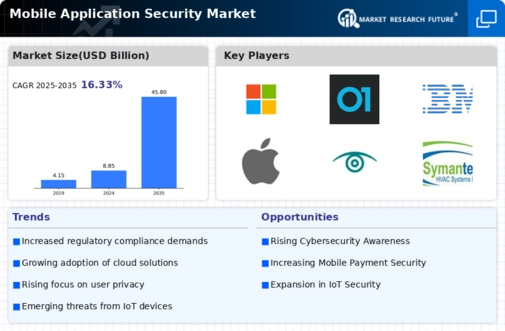
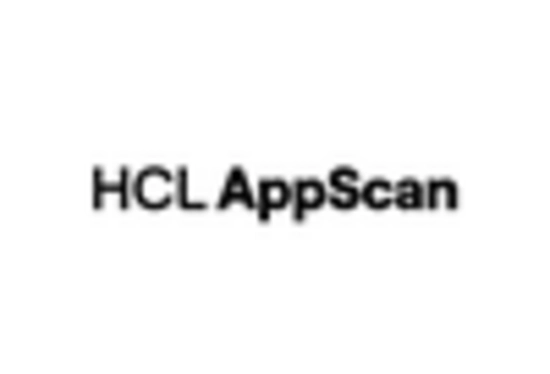
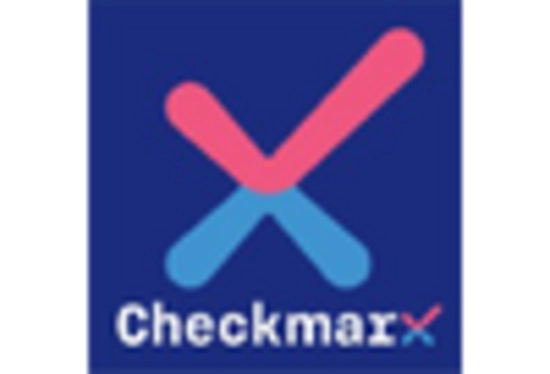
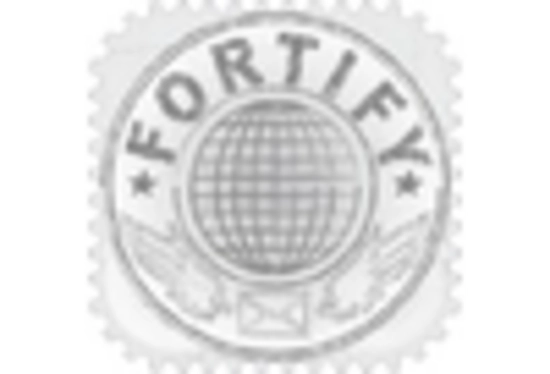
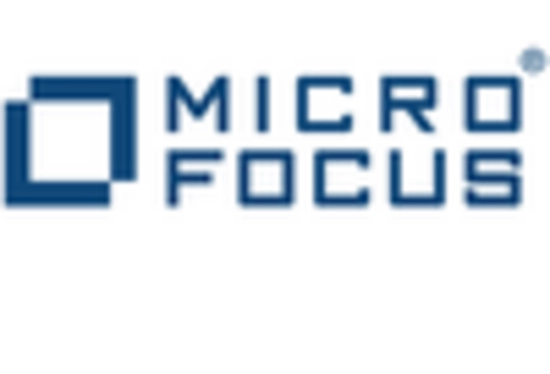
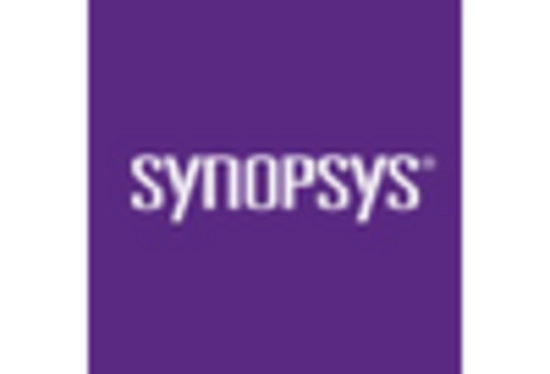
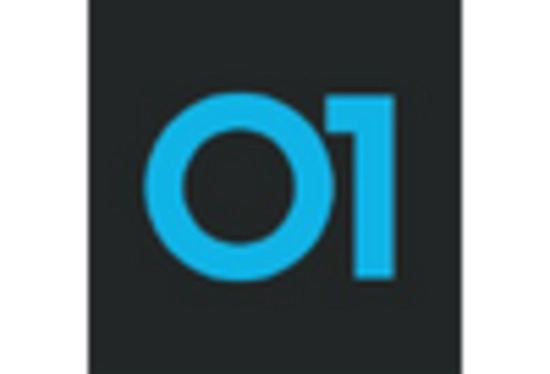








Leave a Comment